
Desalination Curbs Water Scarcity in Coastal Regions
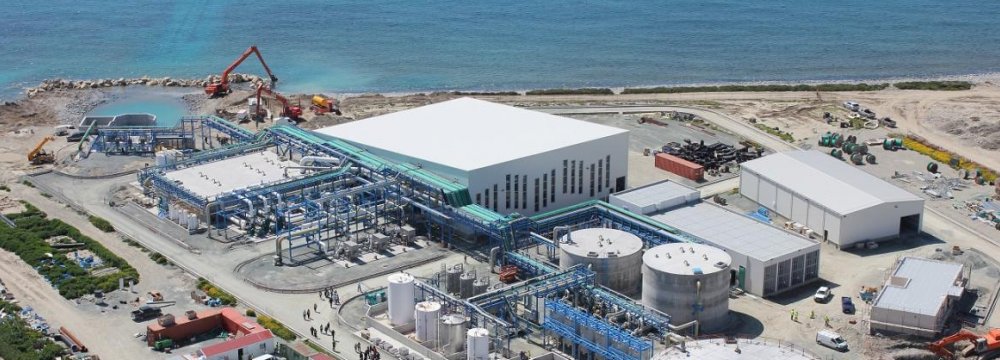
"Some 55 desalination facilities, with a capacity of producing 129,000 cubic meters of water per day, supply water for consumption or irrigation to regions straddling the northern and southern coasts of Iran," Ali Asghar Qaneh was also quoted as saying by IRNA on Wednesday.
According to the official, the units, completed at an estimated cost of $170 million, have been up and running since 2016.
"Plans are in place to sign new contracts with the private sector to undertake similar ventures to satisfy people's need for safe drinking water, especially in the Persian Gulf littoral provinces," Qaneh said, adding that building more desalination plants in different areas adjacent to the Persian Gulf and Sea of Oman tops the priority list.
Reportedly, one project is to be carried out in collaboration with Russia. Tehran has signed a $10 billion deal with Moscow to build two new nuclear power plants in Bushehr.
Commenting on the socioeconomic impact of the initiative, the official said tapping into seawater to supply people with potable water is high on the agenda, as it is a much more sensible approach to sustain a steady supply of water rather than deplete the already dwindling underground water resources, most of which are on the verge of drying up.
Pointing to growing global demand for desalination units, he said, "Between 2010 and 2016, total investment in this field has witnessed a 9% rise, standing at $88 billion."
The official noted that the substantial rise in demand indicates two facts: the first of which is the major role that seas can play in providing coast dwellers with freshwater.
The massive investment also highlights the fact that the quality of underground water is deteriorating. Asked about serious challenges facing the expansion of such units, Qaneh said large-scale investment, exorbitant maintenance cost and the lack of cutting-edge know-how are among the most underlying constraints impeding the development of these facilities.
Water Crisis
Experts, including Abolfazl Hassanbeigi, a member of Majlis National Security and Foreign Policy Commission, believe that transferring water from the Sea of Oman, the Persian Gulf and the Caspian Sea through pipelines to dry and water-stressed regions is the most effective strategy to tackle the growing water crisis in Iran. According to Hassanbeigi, 16 Iranian provinces covering nearly 60% of the population are on the verge of water tension and addressing the ever-growing issue of water shortage should be fundamentally dealt with by the end of the Sixth Five-Year Economic Development Plan (2017-22) before reaching a point of no return.
Pointing to the Persian Gulf littoral states' approach to meet their much-needed demand for potable water, Hassanbeigi said, "Close to 9 billion cubic meters of Persian Gulf water are desalinated per year, of which 5 bcm are consumed by Saudi Arabia and the rest used by Kuwait, the UAE, Qatar and Bahrain."
According to the official, these countries satisfy the lion's share of their needs for drinking water from marine resources.
"To meet the demand of the country's population of around 85 million, Iran is in dire need of 50 bcm of desalinated water," he said, adding that the Energy Ministry is required by the Sixth Plan to deal with the exacerbating problem by transferring water from northern and southern marine sources.


Caterpillar sees US tariff hit of up to $1.5 billion this year

Australia pledges $87M to rescue Trafigura’s Nyrstar smelters in critical minerals push

SAIL Bhilai Steel relies on Danieli proprietary technology to expand plate mill portfolio to higher steel grades

Alba Discloses its Financial Results for the Second Quarter and H1 of 2025

Fortuna rises on improved resource estimate for Senegal gold project
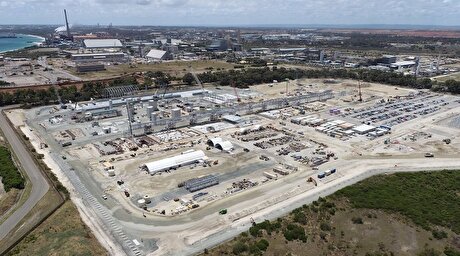
Tianqi Lithium Australia JV says it is prioritizing long-term viability of refinery

Fresnillo lifts gold forecast on strong first-half surge

Copper price slips as unwinding of tariff trade boosts LME stockpiles

Why did copper escape US tariffs when aluminum did not?
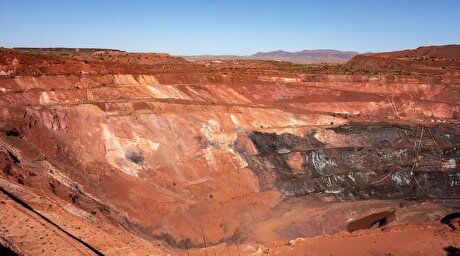
New research reveals source of world’s richest lithium deposits

Century Aluminum to invest $50M in Mt. Holly smelter restart in South Carolina

Australia to invest $33 million to boost Liontown’s Kathleen lithium operations
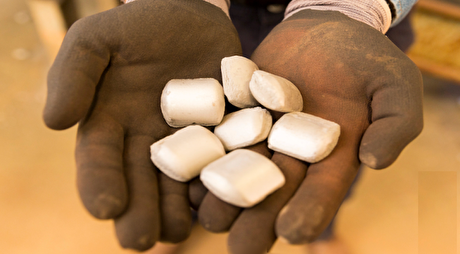
Glencore warns of cobalt surplus amid DRC export ban
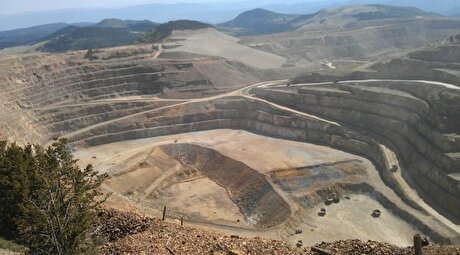
SSR Mining soars on Q2 earnings beat

A Danieli greenfield project for competitive, quality rebar production

China limits supply of critical minerals to US defense sector: WSJ

Alba Hits 38 Million Safe Working Hours Without LTI

Advanced cold-rolled strip for China’s New Energy Vehicle market

Codelco seeks restart at Chilean copper mine after collapse

Century Aluminum to invest $50M in Mt. Holly smelter restart in South Carolina

Australia to invest $33 million to boost Liontown’s Kathleen lithium operations

Glencore warns of cobalt surplus amid DRC export ban

SSR Mining soars on Q2 earnings beat

A Danieli greenfield project for competitive, quality rebar production

China limits supply of critical minerals to US defense sector: WSJ

Alba Hits 38 Million Safe Working Hours Without LTI

Advanced cold-rolled strip for China’s New Energy Vehicle market

Codelco seeks restart at Chilean copper mine after collapse














